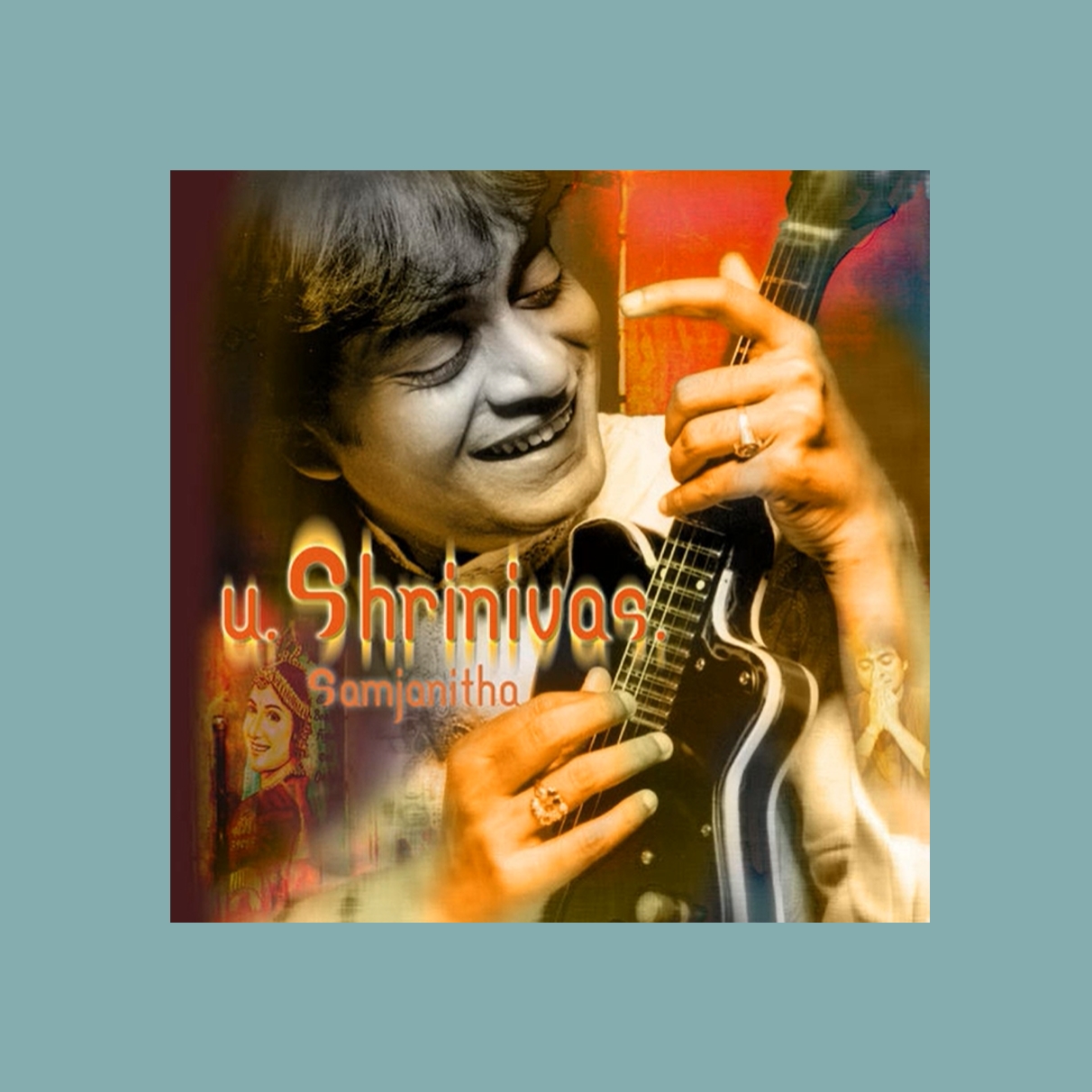
Musikalischer Stil
Indische karnatische Musik
Land
Indien
Instrument
indische elektrische Mandoiline (5-saitig)
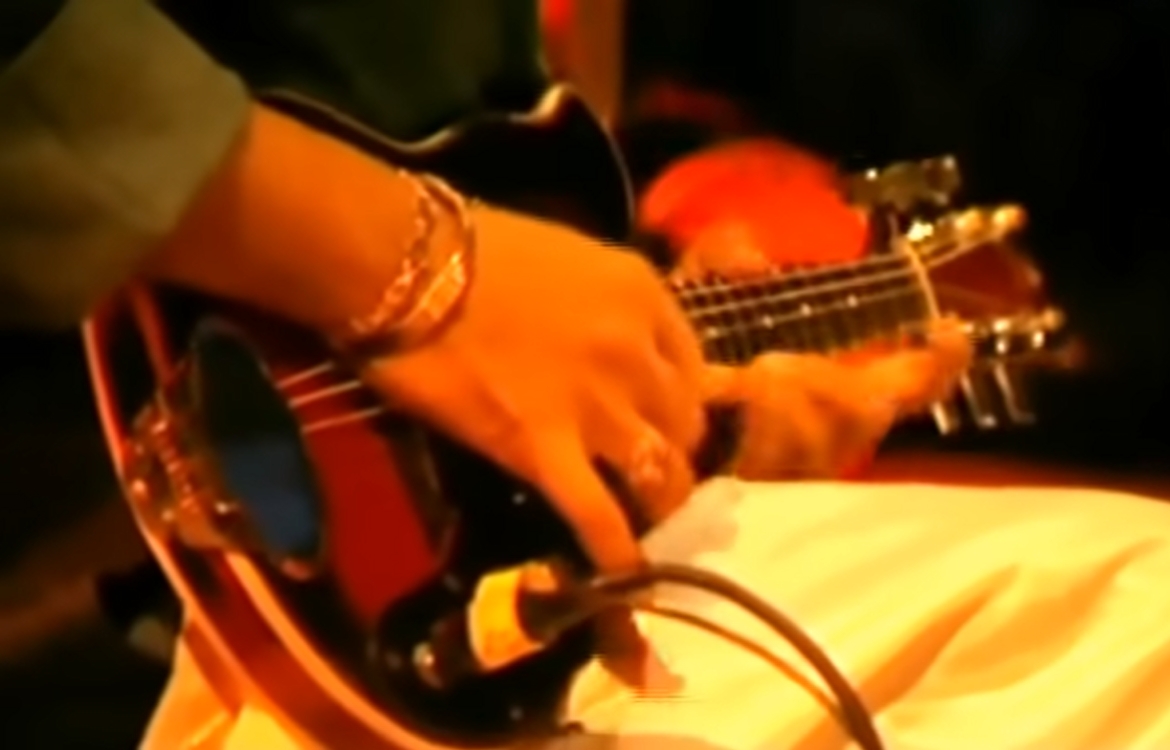
Bio von der Website https://mandolinbrothers.in/index.php/home/usrinivas
U. Shrinivas wurde am 28. Februar 1969 in Palakollu im Bezirk West Godavari im indischen Bundesstaat Andhra Pradesh geboren. Schon als Kind nahm ihn sein Vater U. Satyanarayana, der klassische Musik studiert hatte, zu Musikkonzerten mit. Im Alter von fünf Jahren entwickelte er eine Leidenschaft für die Mandoline. Sein Vater begann, ihn zu unterrichten. Im Jahr 1976, als er sieben Jahre alt war, führte ihn der Gitarrist Vasu Rao in die westliche Musik ein. Später begann Rudraraju Subbaraju, der auch Shrinivas' Vater und Vasu Rao unterrichtet hatte, ihn zu unterrichten.
Schon bald begann Shrinivas, die Mandoline im strengen und schwierigen karnatischen Stil zu spielen, was er bis dahin nie getan hatte. Später zog seine Familie nach Chennai, das als das Mekka der karnatischen Musik gilt. Sein erster Soloauftritt führte dazu, dass er mit den größten Wunderkindern der Welt verglichen wurde.
Bio von der Website https://mandolinbrothers.in/index.php/home/usrinivas
U Shrinivas was born on 28 February 1969, in Palakollu, West Godavari district in the state of Andhra Pradesh, India. From early childhood, his father U. Satyanarayana, who had studied classical music, would take him to music concerts. At the age of five, he developed a passion for the mandolin. His father started to teach him. In 1976, when he was seven, Guitarist Vasu Rao, introduced him to western music. Later, Rudraraju Subbaraju, who had also taught Shrinivas’s father and Vasu Rao, started teaching him.
Soon Shrinivas started playing the mandolin in the rigorous and difficult Carnatic style, which had never been done earlier. Later his family moved to Chennai, which is considered the mecca of Carnatic music. His first solo performance made him to be compared with the world’s greatest prodigies.
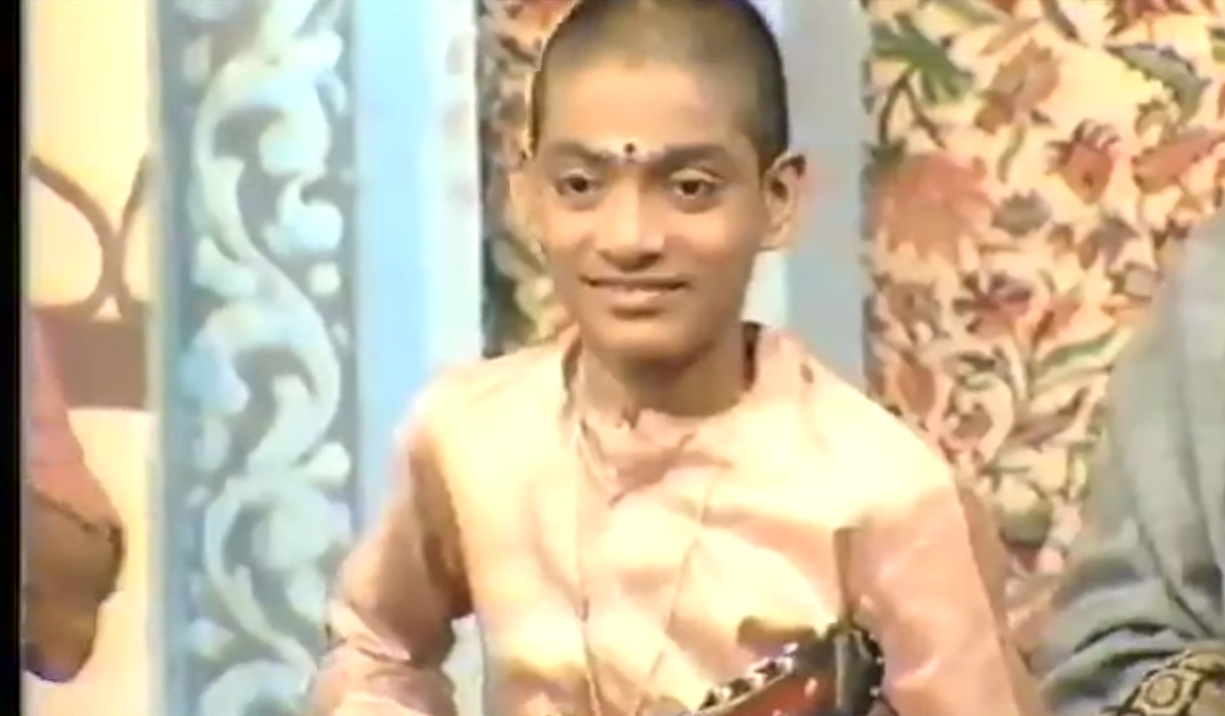
In 1978, during the Thyagaraja Aradhana festival at Gudivada in Andhra Pradesh, U Shrinivas made his debut public Carnatic concert performance. In 1981, at the age of 11, he gave his first public concert in Chennai at the Indian Fine Arts Society during the December Music Season. He never looked back. Connoisseurs and patrons of music loved his music and wanted more of his music. A star was born, who was both revered and adored.
He had started with playing the acoustic mandolin, and later switched to the electric mandolin as he found it more convenient and appropriate for his music. He was the first Carnatic musician to use the electric mandolin. He modified it using five single strings instead of the traditional four doubled strings to suit the Carnatic music. After initial reluctance, he found wide acceptance and critical acclaim.
From 1982, he began performing regularly during the December season of the prestigious Madras Music Academy, and the date 23rd slot was reserved for him. Shrinivas stormed the world music scene at the Berlin Jazz Festival, when he was just thirteen. He enthralled the audience and got a standing ovation. In 1992, he played at the Olympic Arts Festival, Barcelona and in 1995 recorded a successful fusion album with Michael Brook.
U Shrinivas started a music school called the Shrinivas Institute of World Music (SIOWM) in Chennai and hundreds of students worldwide.
In 1997, John McLaughlin revived his group and renamed it Remember Shakti. U Shrinivas joined the group and toured the world along with other celebrated Indian musicians like Zakir Hussain, Shankar Mahadevan, and V. Selvaganesh. He played in Australia, Southeast Asia, Southwest Asia, and extensively and frequently across the United States and Canada. He received thunderous applause and appreciation wherever he performed.

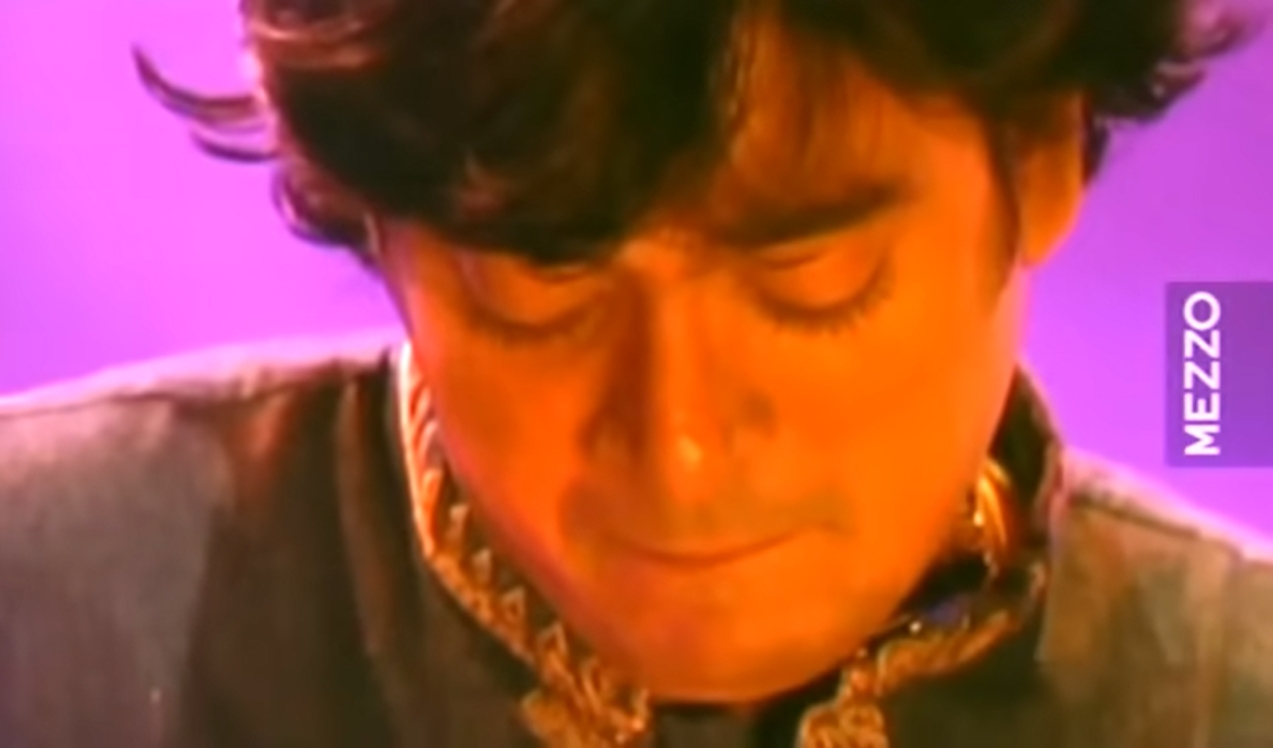
1978, während des Thyagaraja Aradhana Festivals in Gudivada in Andhra Pradesh, gab U Shrinivas sein Debüt in einem öffentlichen karnatischen Konzert. 1981, im Alter von 11 Jahren, gab er sein erstes öffentliches Konzert in Chennai in der Indian Fine Arts Society während der December Music Season. Er hat nie zurückgeblickt. Kenner und Förderer der Musik liebten seine Musik und wollten mehr von ihm. Ein Star war geboren, der sowohl verehrt als auch bewundert wurde.
Er hatte mit der akustischen Mandoline begonnen und wechselte später zur elektrischen Mandoline, da er sie für seine Musik bequemer und geeigneter fand. Er war der erste karnatische Musiker, der die elektrische Mandoline verwendete. Er modifizierte sie, indem er fünf Einzelsaiten anstelle der traditionellen vier Doppelsaiten verwendete, um sie an die karnatische Musik anzupassen. Nach anfänglichem Zögern fand er breite Akzeptanz und kritischen Beifall.
Ab 1982 begann er, regelmäßig während der Dezembersaison der renommierten Madras Music Academy aufzutreten, und der Termin am 23. Shrinivas stürmte die Weltmusikszene auf dem Berliner Jazzfestival, als er gerade dreizehn Jahre alt war. Er begeisterte das Publikum und wurde mit stehenden Ovationen bedacht. Im Jahr 1992 spielte er beim Olympic Arts Festival in Barcelona und nahm 1995 ein erfolgreiches Fusion-Album mit Michael Brook auf.
U Shrinivas gründete eine Musikschule mit dem Namen Shrinivas Institute of World Music (SIOWM) in Chennai, die weltweit Hunderte von Studenten unterrichtet.
1997 nahm John McLaughlin seine Gruppe wieder auf und benannte sie in Remember Shakti um. U Shrinivas schloss sich der Gruppe an und tourte zusammen mit anderen gefeierten indischen Musikern wie Zakir Hussain, Shankar Mahadevan und V. Selvaganesh durch die Welt. Er spielte in Australien, Südostasien, Südwestasien und häufig und ausgiebig in den Vereinigten Staaten und Kanada. Wo immer er auftrat, erhielt er tosenden Beifall und Anerkennung.
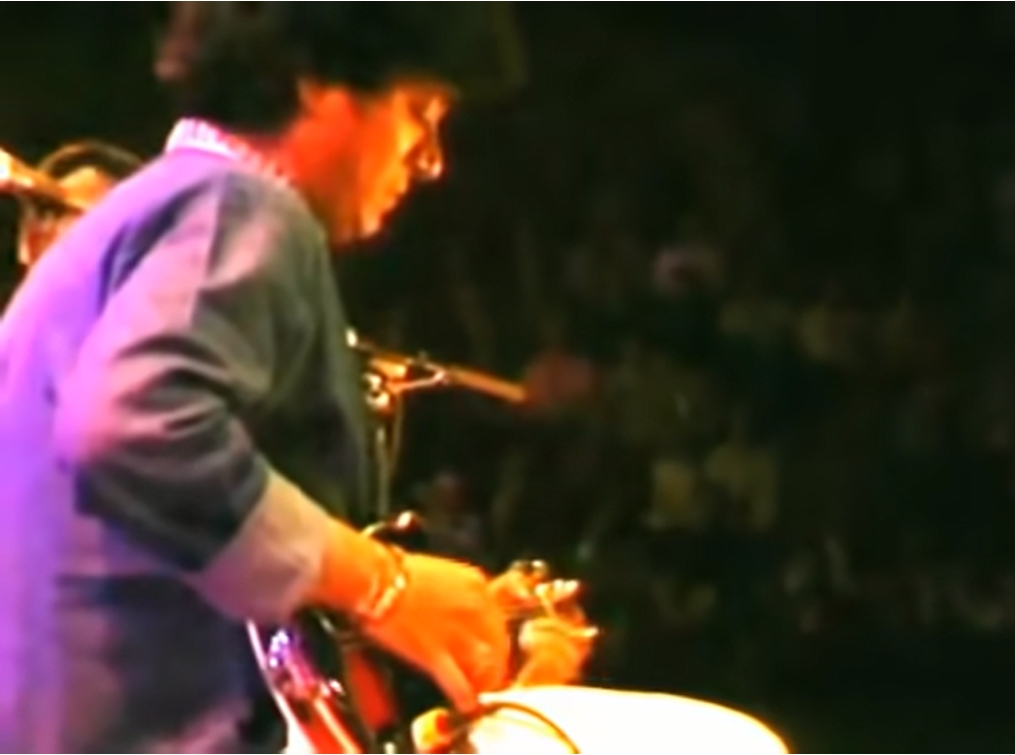
Instrument
Bald wurde die Mandoline zum Synonym für U. Shrinivas und er wurde Mandolin Shrinivas genannt. Sein begabter jüngerer Bruder, U. Rajesh, ist ebenfalls ein versierter Mandolinenspieler, der ihn in den letzten zwanzig Jahren oft bei Konzerten begleitet hat.
Im Laufe der Jahre nahm U. Shrinivas mehr als 137 Alben in verschiedenen Genres auf, von Solos aus der karnatischen Musik über Jugalbandis mit Hindustani-Musikern bis hin zur Weltmusik. Er trat mit westlichen Musikern wie John McLaughlin, Michael Brook, Trey Gunn usw. und indischen Künstlern wie Hariprasad Chaurasia und Zakir Hussain auf.
U Shrinivas gilt als Wegbereiter und Pionier, der ein unwahrscheinliches westliches Instrument, die Mandoline, für den strengen karnatischen Musikstil eingeführt und angepasst hat.
Instrument
Die erste Mandoline von Shrinivas gehörte seinem Vater, einem Klarinettisten. Dieses Instrument war eine "Standard"-Mandoline aus dem Westen, die er jedoch im Laufe seiner musikalischen Karriere an seinen Spielstil anpasste. Shrinivas begann auf der akustischen Mandoline, aber weder die Größe noch das Zupfen, das die akustische Mandoline erfordert, waren für lange, anhaltende Töne geeignet. Daraufhin wechselte er zur elektrischen Mandoline, die sich besser für lang anhaltende Töne und musikalische Verzierungen eignet. Im Gegensatz zu einer typischen Mandoline mit acht Saiten, die auf GG-DD-AA-EE gestimmt sind, verwendete Shrinivas im Allgemeinen nur fünf Saiten, die auf CGCGC gestimmt sind. Kopien dieser Art von Mandoline sind in Indien erhältlich, und mehrere andere indische Mandolinenspieler haben ähnliche Instrumente verwendet (darunter Suresh Kumar, Raghavendra und sein Bruder U. Rajesh).
Soon, the mandolin became synonymous with U Shrinivas and he was being called Mandolin Shrinivas. His gifted younger brother, U. Rajesh, is also an accomplished mandolin player, who has often accompanied him at concerts over the last twenty years.
Over the years, U Shrinivas recorded over 137 albums, in diverse genres from Carnatic music solos to jugalbandis with Hindustani musicians, and world music. He performed with Western musicians like John McLaughlin, Michael Brook, Trey Gunn etc. and Indian artists such as Hariprasad Chaurasia and Zakir Hussain.
U Shrinivas stands as a trailblazer and pioneer, who introduced and adapted an unlikely western instrument, the mandolin, for performing in the rigorous Carnatic style of music.
Instrument
Shrinivas' first mandolin belonged to his father, a clarinetist. That instrument was a 'standard' Western mandolin; however, he made modifications to suit his playing style over the course of his musical career. Shrinivas started out on the acoustic mandolin, but neither the size nor plucking required of the acoustic mandolin was suited for long, sustained notes. He then switched to the electric mandolin, which was better suited for sustained notes and musical ornamentations. Unlike a typical mandolin's eight strings, tuned to GG-DD-AA-EE, Shrinivas generally used only five strings tuned to CGCGC. Copies of this style of mandolin are available in India, and several other Indian mandolin players have used instruments just like it (including Suresh Kumar, Raghavendra, and his brother, U.Rajesh).
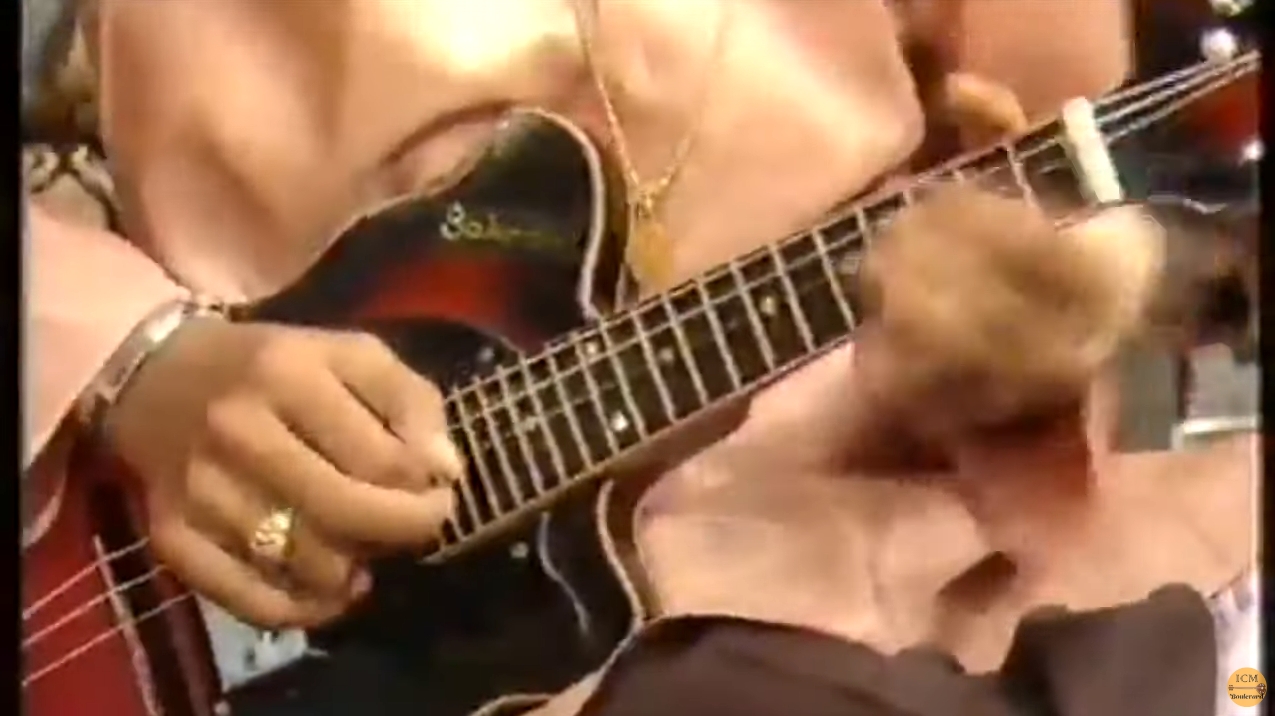
Best of Mandolin U Srinivas | Carnatic Classical Instrumental | Ninnukori,Sri Vathapi & More
Eine Kompilation von Aufnahmen vit U Shrinivas
U. Srinivas - Mandolin Ecstasy /1986 CD Album/
U. Shrinivas - Samjanitha (with John McLaughlin, Zakir Hussain, Dominique di Piazza) /2008 CD Album/
John Mclaughlin,U Srinivas,Zakir Hussain,V Selvaganesh,Mahadevan- Jazz a Vienne
Young U. Srinivas || Rare Recital by the Mandolin Maestro || Part 1
Young U. Srinivas || Rare Recital by the Mandolin Maestro || Part 2
Vidwan U. Srinivas was a child prodigy. He started to play the mandolin, a little-known instrument in India, when he was only six years old.
Even though, at the time, the mandolin was an alien instrument in South Indian classical music, Srinivas learnt to play Carnatic ragas on the mandolin with so much ease and dexterity that his name has become synonymous in India with the mandolin and he is popularly called Mandolin Srinivas.
This rare recital of a very young U. Srinivas is a rare treat for all music lovers!
